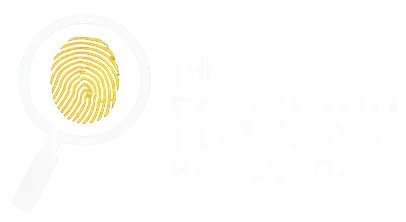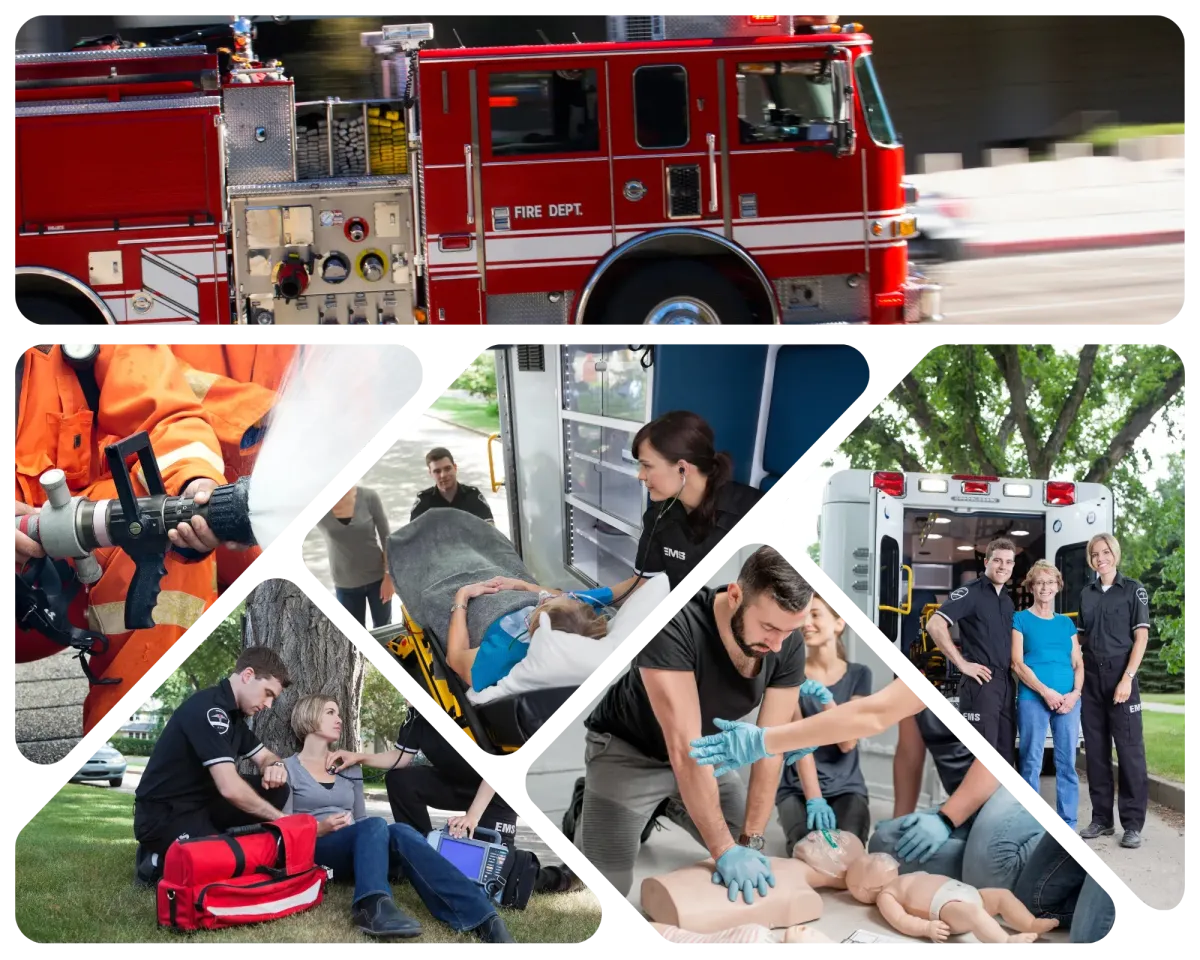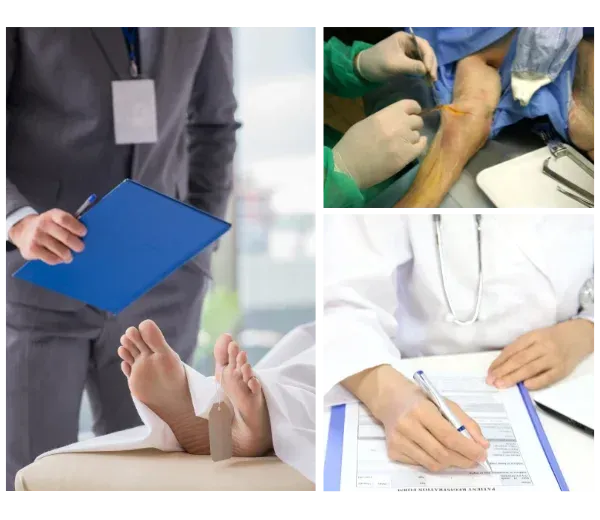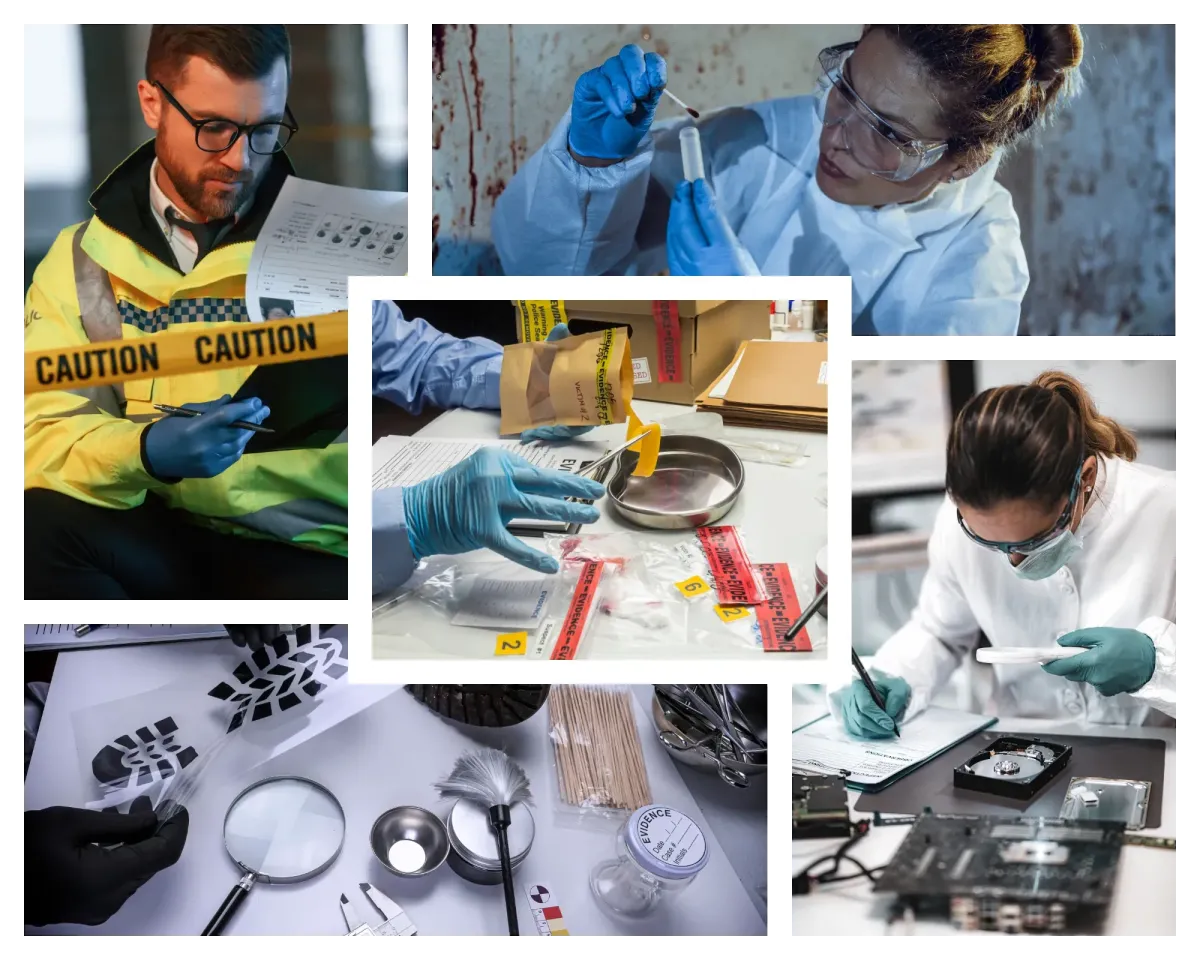

Dispatchers & First Responders
You’re not just first on scene — you’re the first to shape how a case is seen.
The Forensic Exchange gives you access to scene tips, red flag reminders, and short-form refreshers across disciplines — so the evidence makes it to the next set of hands, the story stays intact, and the truth has a fighting chance.
Everything you see tells you a story — are you listening? – Walter "Butch" Hendrick

Dispatchers & First Responders

You’re not just first on scene — you’re the first to shape how a case is seen.
The Forensic Exchange gives you access to scene tips, red flag reminders, and short-form refreshers across disciplines — so the evidence makes it to the next set of hands, the story stays intact, and the truth has a fighting chance.
Everything you see tells you a story — are you listening? – Walter "Butch" Hendrick

Prosecutors & Legal Professionals
By the time a case lands in your hands, the outcome hinges on what was seen, said, or missed at the very start.
The Forensic Exchange puts you in touch with tools, checklists, and case experts who understand the difference between a staged scene and a real one — so you can ask sharper questions, spot missing elements, and build stronger arguments from the very first report.
Because every missed sign costs a life — and every strong case starts with someone who caught it.
Prosecutors & Legal Professionals

By the time a case lands in your hands, the outcome hinges on what was seen, said, or missed at the very start.
The Forensic Exchange puts you in touch with tools, checklists, and case experts who understand the difference between a staged scene and a real one — so you can ask sharper questions, spot missing elements, and build stronger arguments from the very first report.
Because every missed sign costs a life — and every strong case starts with someone who caught it.
Death Investigators & Medical Examiners
You're expected to determine the truth from incomplete scenes, inconsistent statements, and vanishing evidence — often under pressure, and without backup.
The Forensic Exchange gives you access to red flag indicators, documentation strategies, and specialty tools developed by professionals who've handled aquatic homicides, staged overdoses, and complex domestic violence fatalities — so you can spot what others miss, build reports that hold up under scrutiny, and advocate for the truth with confidence.
Because every missed sign costs a life — and every strong case starts with someone who caught it.

Death Investigators & Medical Examiners

You're expected to determine the truth from incomplete scenes, inconsistent statements, and vanishing evidence — often under pressure, and without backup.
The Forensic Exchange gives you access to red flag indicators, documentation strategies, and specialty tools developed by professionals who've handled aquatic homicides, staged overdoses, and complex domestic violence fatalities — so you can spot what others miss, build reports that hold up under scrutiny, and advocate for the truth with confidence.
Because every missed sign costs a life — and every strong case starts with someone who caught it.

Patrol Officers
You're the first set of eyes on scenes others will only read about — but you're given minutes to assess situations that take days to investigate.
The Forensic Exchange gives you quick-reference tools, staging indicators, and role-specific guidance built to help you ask sharper questions, write clearer reports, and preserve what matters most — so you're not left wondering what you missed, and the next team isn’t left guessing what you saw.
Because when your first instincts are backed by the right tools, they protect more than just evidence — they protect justice.
Patrol Officers

You're the first set of eyes on scenes others will only read about — but you're given minutes to assess situations that take days to investigate.
The Forensic Exchange gives you quick-reference tools, staging indicators, and role-specific guidance built to help you ask sharper questions, write clearer reports, and preserve what matters most — so you're not left wondering what you missed, and the next team isn’t left guessing what you saw.
Because when your first instincts are backed by the right tools, they protect more than just evidence — they protect justice.
Forensic Nurses
You’re often the only one trained to see what others overlook — subtle bruising, conflicting histories, or signs of trauma that never get photographed.
The Forensic Exchange connects you with documentation tools, DV and SA-specific red flag indicators, and case support from experts who’ve worked the same frontline cases you do — so you can strengthen your findings, support prosecutions, and protect your patients beyond the exam room.
Because when your observations are backed by the right language and tools, they carry the weight they deserve.

Forensic Nurses

You’re often the only one trained to see what others overlook — subtle bruising, conflicting histories, or signs of trauma that never get photographed.
The Forensic Exchange connects you with documentation tools, DV and SA-specific red flag indicators, and case support from experts who’ve worked the same frontline cases you do — so you can strengthen your findings, support prosecutions, and protect your patients beyond the exam room.